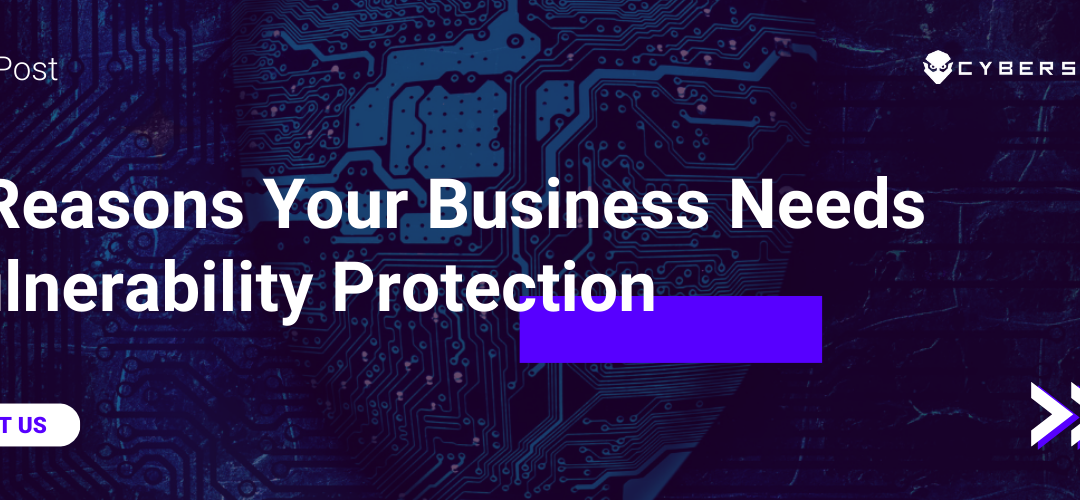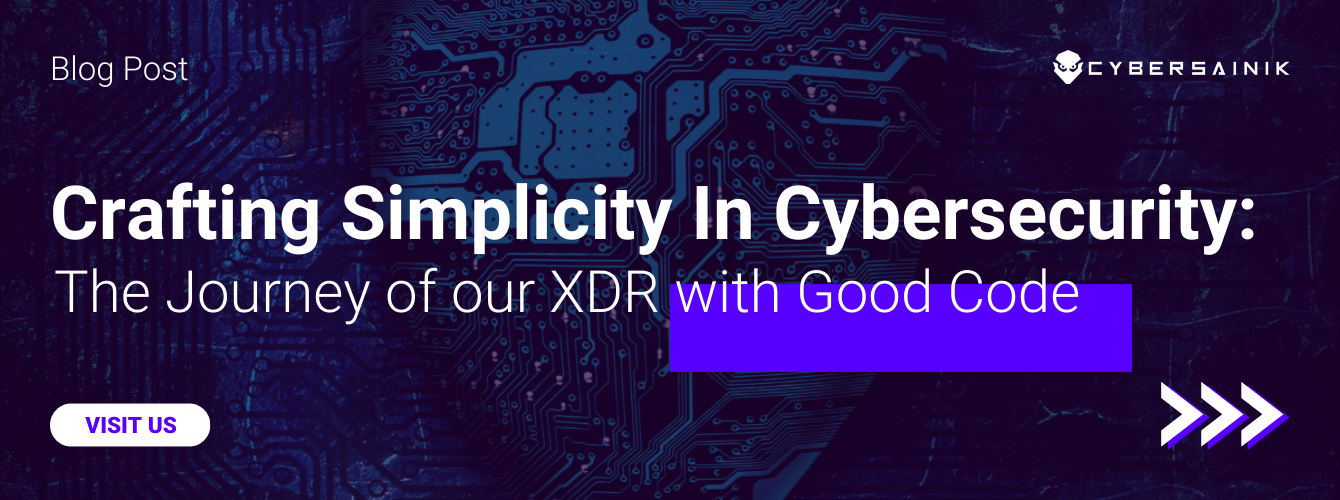Cybercriminals and other malicious actors are continuously on the lookout for ways to penetrate and compromise private business networks. They devote their time and resources looking for weaknesses within the network security system that can be exploited. Once found, these weaknesses are used to bypass the network security system in place and penetrate the network, thereby enabling the cybercriminals to steal private data as well as cause other forms of havoc. As businesses increasingly conduct their activities digitally, the risk of data breaches has grown exponentially. In 2019, there was a 54 percent increase in the number of successful data breaches compared to the preceding four years.
To keep your business network protected from cybercriminals and other malicious actors, it is essential to have an effective cybersecurity strategy. One key component of an effective cybersecurity strategy is vulnerability assessment and management. Vulnerability management is a systematic process of evaluating your business network for weaknesses or flaws that could be taken advantage of by cybercriminals to compromise your network. If there are any detected vulnerabilities, a plan is set in motion to have them addressed and fixed. Vulnerability management is an ongoing process that should take place on a regular basis due to the constantly evolving nature of cyberthreats as well as network penetration techniques used by cybercriminals.
As a business owner, you may not have the necessary skills or resources to optimally perform vulnerability assessment and management. You should, therefore, outsource this need to third-party experts who provide vulnerability management services. These experts can perform a thorough vulnerability assessment and develop a strategy to get any detected vulnerabilities corrected. Discussed below are five benefits you stand to gain by having a vulnerability assessment done for your business.
1) IMPROVED SECURITY
There are several security tools and solutions that must be adopted in order to ensure that a network remains fully protected. Cybersecurity tools such as anti-virus software, anti-malware, firewalls, and intrusion prevention systems work together seamlessly to keep a network protected. The addition of a vulnerability management tool as part of a cybersecurity strategy further enhances the capabilities of the other security solutions. A thorough vulnerability assessment helps network administrators better manage their time as well as deploy their security solutions optimally. Rather than have a generalized non-specific security strategy, a vulnerability management solution lets administrators develop strategies centered around potential areas of weaknesses that could be targeted by cybercriminals. This results in improved overall security of the network.
2) COST SAVINGS
Over the past several years, there has been an increase in the cost of data breaches for impacted businesses. In 2019, the average cost of a data breach was $3.9 million, which was a 1.5% increase from the previous year. Some reasons that businesses lose money following a data breach include:
- Loss of customers as a result of a loss of trust in the ability of the business to safeguard their data
- Reduced business operations and processes due to data loss or corruption, especially if the data is mission-critical
- Payments or other actions made to compensate victims of the data breach as well as to mitigate the damage caused to the network.
- Fines and penalties that may arise from lawsuits or other legal actions
By using a vulnerability management solution as part of your cybersecurity solution, you can minimize the likelihood of your business experiencing a data breach, thereby saving your business money. Additionally, when you outsource your vulnerability management needs to third-party experts, you also save money. The provider assumes the costs involved in the vulnerability assessment and management process; all you do is pay a regular for the services provided.
3) UNIFIED VISIBILITIES INTO ASSETS, VULNERABILITIES, AND EXPOSURES
There are several techniques and avenues that cybercriminals use to try to gain access to a private network. Poorly configured firewalls, malware from phishing emails, and poorly secured end-user devices are some vulnerabilities that may put your business network at risk of compromise by cybercriminals. To ensure full network protection, all possible weaknesses must be identified and remedied. Any vulnerability that is undetected and, therefore, not addressed puts a business at an increased risk of a data breach.
With a vulnerability management solution, network administrators and cybersecurity specialists have a comprehensive view of the entire network. They are able to see all the assets within the network, areas of weaknesses, as well as the configuration of the various hardware/software within the network. Having this general and broad overview reduces the likelihood of missing a potential area of weakness or misconfiguration which may open the network to attack by cybercriminals.
4) DATA LOSS PREVENTION
Aside from financial losses, one of the reasons businesses have a delayed recovery period or shut down completely after a data breach is due to data loss. Following a data breach, impacted businesses may lose data critical to their operations. Without an effective disaster recovery and data loss prevention strategy in place, this loss may be difficult or even impossible to overcome, which has a significant negative impact on the business.
A comprehensive vulnerability management solution allows for the development of a data loss prevention strategy. As part of the vulnerability assessment, a review of the data management practices is also performed. How data is used and stored within the network is analyzed for any weaknesses that would allow cybercriminals to access the data; this is especially true for mission-critical data. Strategies are then initiated to safeguard the data and redundancies can be built in to allow for easy data recovery in the event of a data breach.
5) PASSIVE NETWORK MONITORING
Continuous network monitoring is essential as part of an effective cybersecurity strategy. This allows for network threats to be readily detected and neutralized before they can cause significant damage. As part of a vulnerability assessment and management, the network is regularly monitored for threats and vulnerabilities. This monitoring, in addition to those performed by other security solutions such as firewalls, further helps keep the network safe and secure from cybercriminals.
Bottom Line
At Cyber Sainik, we know the threats posed to a network as a result of undetected vulnerabilities or weaknesses. We provide solutions that will perform an exhaustive vulnerability assessment of your network as well as a strategy to resolve any detected vulnerabilities. For more information about what we have to offer, and to get started, contact us.




